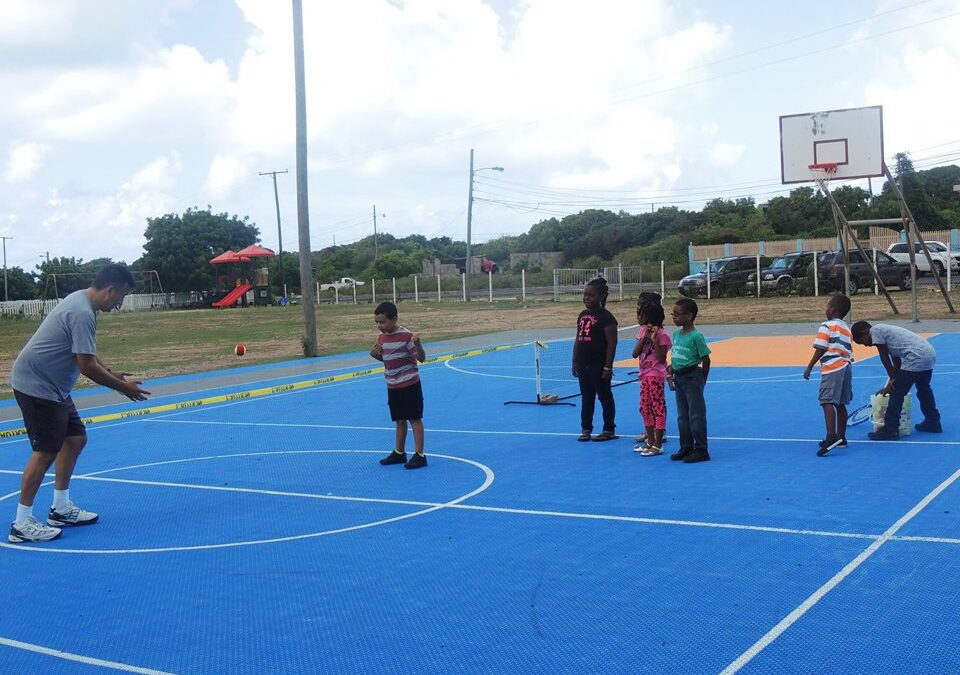Leadership is the process of influencing people so that they strive, willingly and enthusiastically, toward the achievement of their goals. More specifically, it relates to motivating, directing supervising, guiding and evaluating people for the purpose of accomplishing a task. Coaches need to be good leaders. In general, the characteristics of someone considered a good leader are common to the tennis coach and include: determination, integrity, self-confidence, initiative, perseverance, imagination, energy, humor, tact, breadth of vision, caring nature, motivational ability, wisdom, fairness and knowledge.
A general typology of coaching leadership styles enables us to distinguish between authoritarian, democratic. In adopting these leadership behaviors or styles, coaches should be mindful of the fact that the best coach is the one that is skilled enough to adapt to the characteristics of the players and to the situation. For instance, an autocratic style may be required when confronted with an emergency situation on-court while a democratic approach is likely to be more effective in providing for constructive and enjoyable lessons with advance players.
coaches interested in becoming better leaders on and off the court, may benefit form the following recommendations pertaining to different leadership skills:
- Sincerity: Try to be yourself. Commit to your personal beliefs and do not pretend to be someone you are not.
- Organisation: Implies planning ahead.
- Set rules: Goals and procedures should be clear to satisfy players’ expectation and to created a healthy performance environment
- Flexibility: Behaviors of successful leaders and coaches lie on a continuum from rigid authoritarianism (task/ performance orientation) to flexible sensitivity (relationship / person orientation). It is the role of the good leader to decide which behaviors best fit the situation , the players characteristics and the coach’s characteristics. This flexibility is not a weakness but rather a strength…
Leadership comprises a set of personal skills ( communication empathy, motivation, management etc.) that are applied in specific situations (coaching players managing a company etc.) And like all skills those of leadership can also be learned and developed. ( Crespo & Balaguer 1994).


Hi Coach, I would like to know, What is the main difference between pressurized and non pressurized tennis balls? How long do both tennis balls last? what is your opinion?
Hello Mary, Pressurized balls are also known as low compression.. which aids in teaching children and adults to rally, serve, score and have fun learning the sport.
Please check this link. https://tennisfixation.com/whats-difference-between-pressurized.html